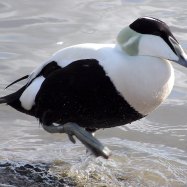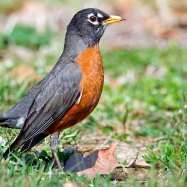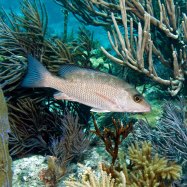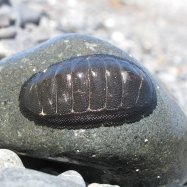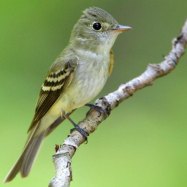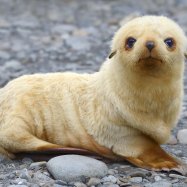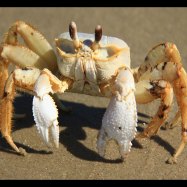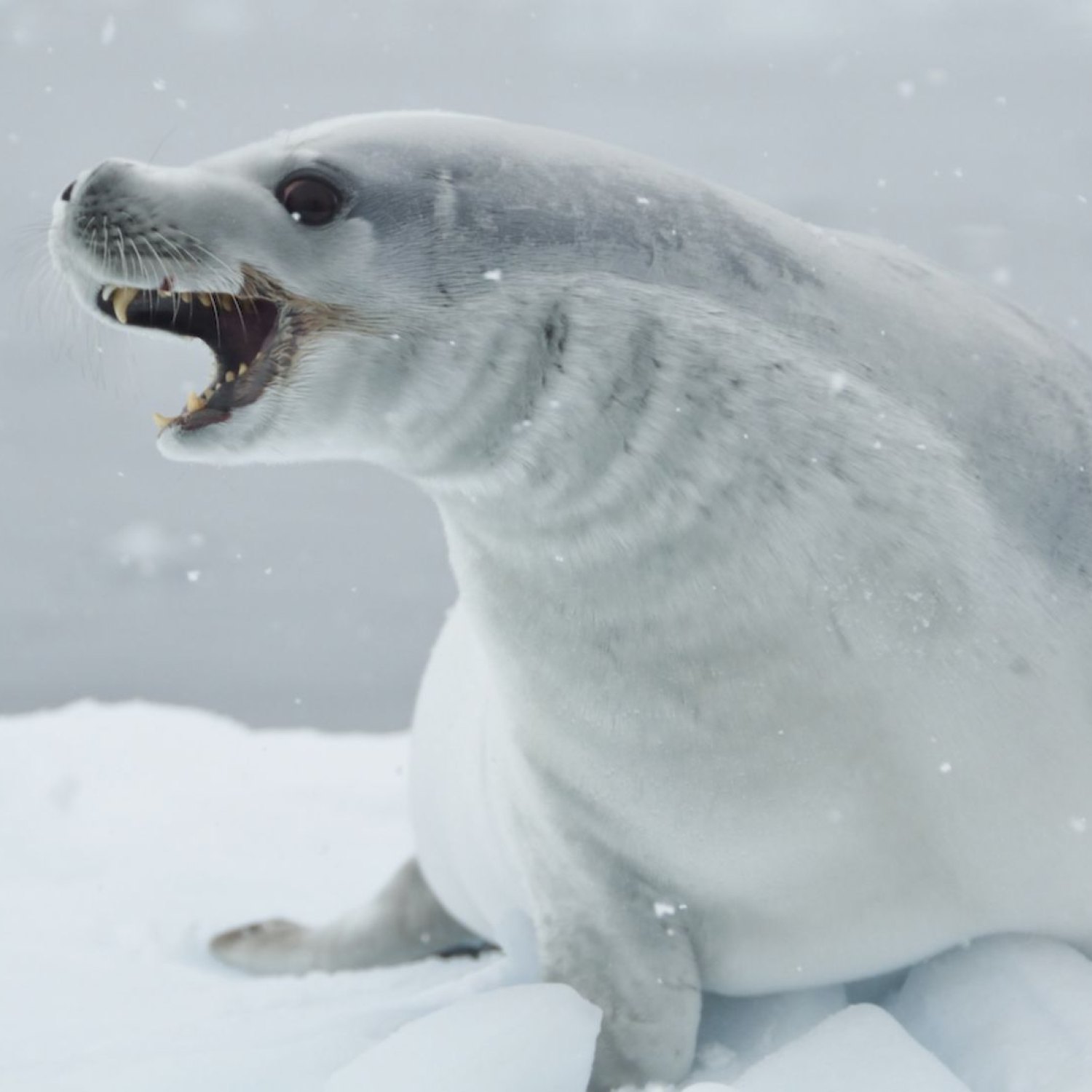
Crabeater Seal
2.3 to 2.8 meters
The Crabeater Seal is a fascinating animal found in the Antarctic Ocean. With a slender and elongated body shape, they can grow up to 2.3 to 2.8 meters in length. Belonging to the Phocidae family, these seals are expert hunters whose diet consists mostly of krill, not crabs as their name suggests. Keep an eye out for these majestic creatures on your next Antarctic expedition! #CrabeaterSeal #Antarctica #OceanLife
Animal Details Summary:
Common Name: Crabeater Seal
Kingdom: Animalia
Habitat: Antarctic pack ice
The Fascinating World of the Crabeater Seal: A Master of Krill-Filtering in the Antarctic Ocean
Antarctica, the southernmost continent, is home to frigid temperatures, icy landscapes, and a diverse range of unique wildlife. Among these remarkable animals is the crabeater seal, scientifically known as Lobodon carcinophaga. This mammal, which belongs to the phocidae family, has mastered the art of survival in one of the most extreme environments on earth.In this article, we take a closer look at the crabeater seal, including its scientific classification, habitat, feeding method, geographical distribution, and distinctive characteristics Crabeater Seal. So, brace yourself for a thrilling journey through the captivating world of this Antarctic resident.
Scientific Classification
The crabeater seal has a unique scientific name – Lobodon carcinophaga – which is derived from the Latin words "lobos" and "odon," meaning "lobed tooth." This name perfectly describes the elongated and lobed cusps of its teeth that are mainly used for krill-filtering. The species name, "carcinophaga," comes from the Greek words "carcinus," meaning crab, and "phagos," meaning eater.
Diving a bit deeper into its classification, the crabeater seal belongs to the Animalia kingdom, which encompasses all animals. It also belongs to the Chordata phylum, characterized by having a notochord and a hollow dorsal nerve cord during embryonic development. As a mammal, the crabeater seal is classified under the Mammalia class, which includes animals that have hair or fur, give birth to live young, and nurse their young.
Habitat and Geographical Distribution
The crabeater seal is one of the most abundant seal species in the world, with a population of over 15 million individuals. However, it is only found in one location – the Antarctic pack ice, more specifically the waters surrounding the continent of Antarctica Chusky. This makes it the most abundant seal in this region.
Within Antarctica, crabeater seals prefer to inhabit the frozen ocean, where it creates breathing holes in the thick pack ice to access air. These holes are also used to haul out and rest. This unique adaptation to living in the pack ice has resulted in the crabeater seal being referred to as the "ice seal."
Feeding Method & Diet
The crabeater seal's diet consists mainly of krill, a tiny crustacean that lives in the Antarctic waters. This is where the seal's unique tooth structure comes in handy. The lobed cusps of its teeth are perfect for catching and filtering out krill from the water. This intricate krill-filtering system is so efficient that crabeater seals can consume as much as two tons of krill per year, making it the most significant krill predator in Antarctica.
However, the crabeater seal doesn't actually eat crabs, despite having "crab" in its common name. This is a common misconception that stems from the species' scientific name, which includes "carcinus" meaning crab. The name is believed to have been given due to a misinterpretation by early explorers who saw them feeding on krill, which they referred to as "giant sea spiders."
In addition to krill, crabeater seals may also consume fish, penguins, and squid, but these make up a tiny proportion of their diet.
Distinctive Characteristics
Visually, crabeater seals are striking with their light grey or silver-colored coats. This coloration provides excellent camouflage in the icy waters of Antarctica, making it easier for them to hunt and avoid predators. It is said that their light color also helps reflect ultraviolet radiation, reducing the risk of sunburn.
One of the most intriguing features of these seals is their slender and elongated body shape, measuring between 2.3 to 2.8 meters in length. This elegant body shape helps them navigate through the icy waters with ease, and it also aids in swimming and diving.
In addition to these, crabeater seals also have a feature unique to their species – the flexible skull. This allows their upper and lower jaws to move independently, aiding in the efficient capturing of prey through krill filtering.
Country of Origin & Location
The crabeater seal is indigenous to Antarctica, making it the only continent where it can be found. However, it is also known to migrate to other regions, such as the Arctic and sub-Antarctic regions, outside the breeding season. During this period, they may be spotted near the coastlines of South America, the Falkland Islands, and South Africa.
Despite this occasional migration, crabeater seals remain an essential part of the Antarctic ecosystem, where they play a significant role in the food chain.
In Conclusion
In summary, the crabeater seal, known for its remarkable krill filtering and elegant body shape, is a true master of survival in the harsh Antarctic environment. As one of the most abundant seal species in the world, their presence is crucial in the Antarctic ecosystem, and their unique adaptations make them a marvel to behold.
So, the next time you think of Antarctica, remember the incredible crabeater seal, a "giant sea spider" that has captured the hearts of many with its fascinating attributes.

Crabeater Seal
Animal Details Crabeater Seal - Scientific Name: Lobodon carcinophaga
- Category: Animals C
- Scientific Name: Lobodon carcinophaga
- Common Name: Crabeater Seal
- Kingdom: Animalia
- Phylum: Chordata
- Class: Mammalia
- Order: Carnivora
- Family: Phocidae
- Habitat: Antarctic pack ice
- Feeding Method: Krill filter feeding
- Geographical Distribution: Antarctica
- Country of Origin: Antarctica
- Location: Antarctic Ocean
- Animal Coloration: Light gray or silver
- Body Shape: Slender and elongated
- Length: 2.3 to 2.8 meters
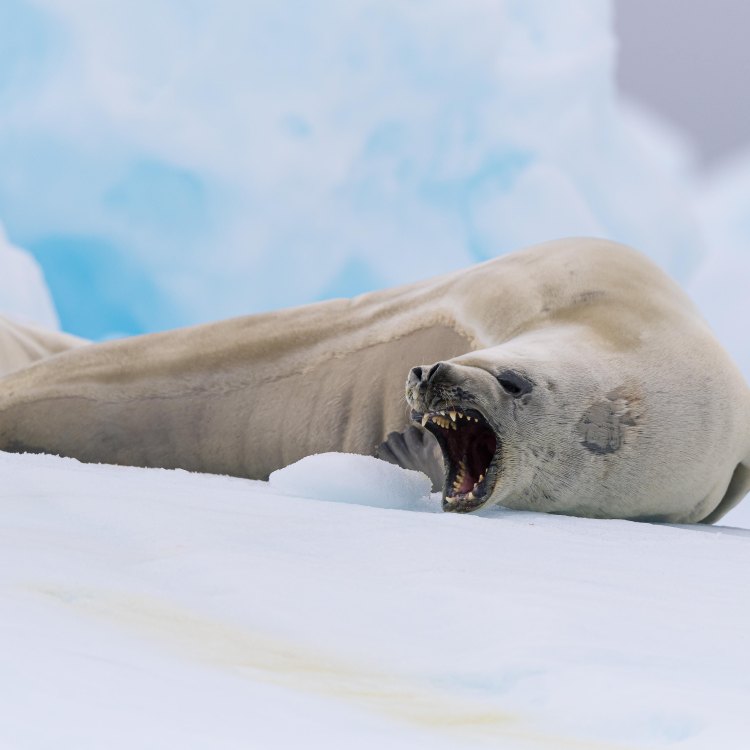
Crabeater Seal
- Adult Size: Medium-sized seal
- Average Lifespan: Up to 40 years
- Reproduction: Viviparous
- Reproductive Behavior: Polygynous
- Sound or Call: Vocalizations and underwater vocalizations
- Migration Pattern: Seasonal migration
- Social Groups: Solitary or in small groups
- Behavior: Mostly diurnal
- Threats: Climate change, loss of pack ice, predation
- Conservation Status: Least Concern
- Impact on Ecosystem: Important prey species for other Antarctic predators
- Human Use: Hunted by indigenous populations
- Distinctive Features: Long snout, large flippers, and teeth specialized for krill feeding
- Interesting Facts: Despite their name, Crabeater Seals do not eat crabs
- Predator: Killer whale
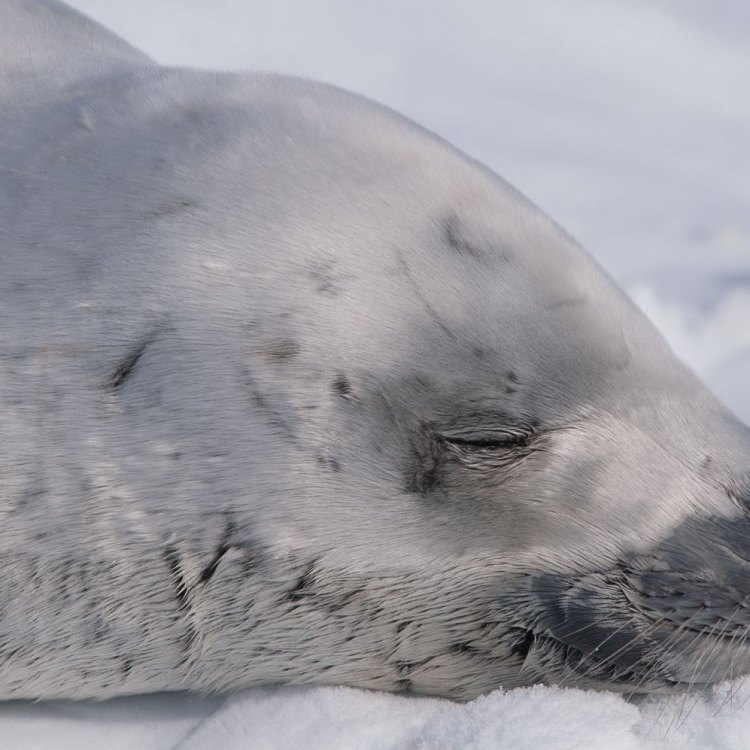
Lobodon carcinophaga
The Fascinating Life of the Crabeater Seal: A Master of the Antarctic Sea
Deep in the cold and barren expanses of the Antarctic lies a magnificent creature that many have never heard of - the Crabeater Seal. Despite its name, this mammal does not actually eat crabs, but it certainly has a unique set of traits and behaviors that make it stand out from other seals. From its essential role in the ecosystem to its intriguing reproductive habits, the Crabeater Seal is a true master of the Antarctic sea.Before delving into the fascinating life of the Crabeater Seal, it's important to have a basic understanding of its physical characteristics PeaceOfAnimals.Com. As the name suggests, the Crabeater Seal is not particularly large, with adults typically reaching a medium-sized seal's size. Their average lifespan can reach up to 40 years, making them one of the longest-living seals. However, there's much more to this creature than just its size and lifespan.
Reproduction and Reproductive Behavior
As with other seals, the Crabeater Seal follows a viviparous reproductive method, meaning that the pup develops inside the female's body before being born. However, what sets this species apart is its polygynous reproductive behavior, in which one male will mate with multiple females.
Each year, during the Antarctic summer, male Crabeater Seals will start fighting amongst themselves in what can only be described as a "battle royale." The strongest and most dominant male will then win the right to mate with multiple females in the area. It's during this time that they showcase their most impressive vocalizations and underwater vocalizations, as a way of asserting their dominance.
Sound or Call
While not much is known about their vocalizations, Crabeater Seals are known to be quite vocal animals Chartreux. They produce a variety of sounds that can be described as barks, growls, and grunts, both in and out of the water. However, most of their vocalizations are underwater, where they can communicate with other seals without being detected by predators.
Migration Pattern and Social Groups
Crabeater Seals are highly migratory animals, and their migration patterns vary depending on their location. In parts of Antarctica, they are known to travel up to 1500km to breeding colonies during the summer months. As the winter arrives, they will migrate in search of sea-ice habitats, which provide shelter and protection.
When it comes to social groups, these seals are typically solitary creatures, with the exception of breeding season. During this time, they form small groups or "harems" consisting of one dominant male, several females, and their pups. However, even in these groups, each seal still maintains its own space and is not known to be particularly social with its fellow members.
Behavior
Mostly diurnal creatures, Crabeater Seals are active during the day and rest on ice floats or islands at night. They are also quite active in the water, where they can dive up to 500 meters and hold their breath for up to 15 minutes. This ability to hold their breath for extended periods makes them well-suited for hunting and surviving in the harsh Antarctic environment.
Despite their name, these seals have a predominantly krill-based diet, making them a crucial species in the Antarctic ecosystem. In fact, they are estimated to consume up to 30 kg of krill per day, making them the most abundant seal in the world. This is also what gives them their distinctive features: long snouts, large flippers, and specialized teeth for feeding on krill.
Threats and Conservation Status
While Crabeater Seals have a relatively high population and are classified as "Least Concern" on the International Union for Conservation of Nature (IUCN) Red List, they are still facing threats to their survival. Climate change is one of the biggest threats, as it affects the sea-ice habitats that they need for reproduction and shelter. The loss of pack ice also forces these seals to travel further distances, making them more vulnerable to predators and decreasing their reproductive success rates.
Predation is another major threat to Crabeater Seals, with killer whales being their main predator. These apex predators are known to attack, kill, and devour adult Crabeater Seals, as well as their pups. This not only impacts the seal population but also disrupts the balance of the Antarctic ecosystem, as Crabeater Seals are an important prey species for other predators.
Human Use and Interesting Facts
For centuries, indigenous populations in Antarctica have hunted Crabeater Seals for food, oil, and fur. While this practice has significantly decreased in recent years due to protective legislation, it still poses a threat to their population.
As we've already mentioned, Crabeater Seals do not eat crabs, despite their name. In fact, they have very specialized teeth for filtering krill out of the water, making them one of the only seals in the world to have such a diet. This unique trait has earned them another interesting fact: they are one of the most abundant mammals on the planet!
In conclusion, the Crabeater Seal may be a lesser-known species, but its place in the Antarctic ecosystem and its unique traits and behaviors make it a truly fascinating creature. From their polygynous reproductive behavior to their specialized teeth for krill feeding, these seals have adapted to thrive in one of the harshest environments on Earth. It's our responsibility to ensure their survival and continue to learn about and appreciate the wonders of the natural world.
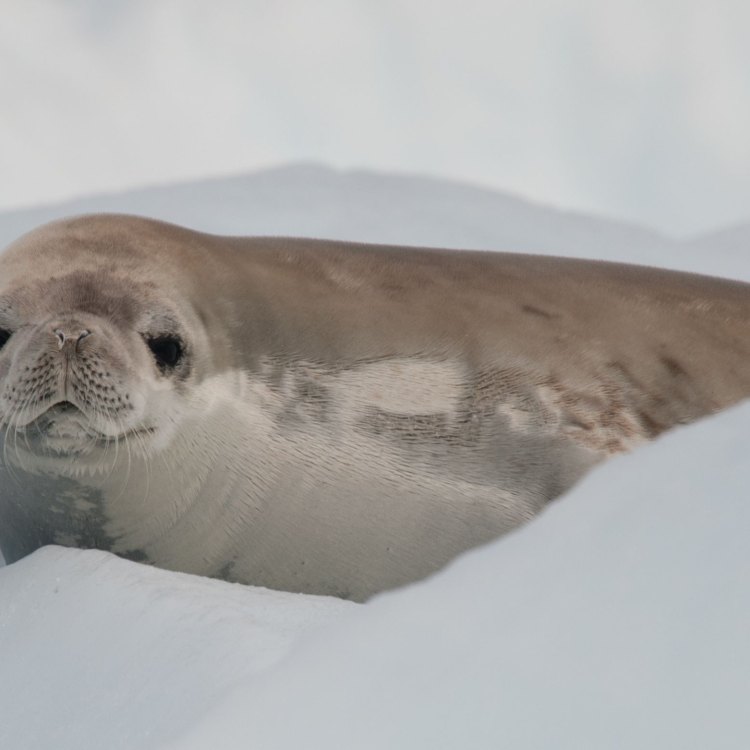
The Fascinating World of the Crabeater Seal: A Master of Krill-Filtering in the Antarctic Ocean
Disclaimer: The content provided is for informational purposes only. We cannot guarantee the accuracy of the information on this page 100%. All information provided here may change without prior notice.


